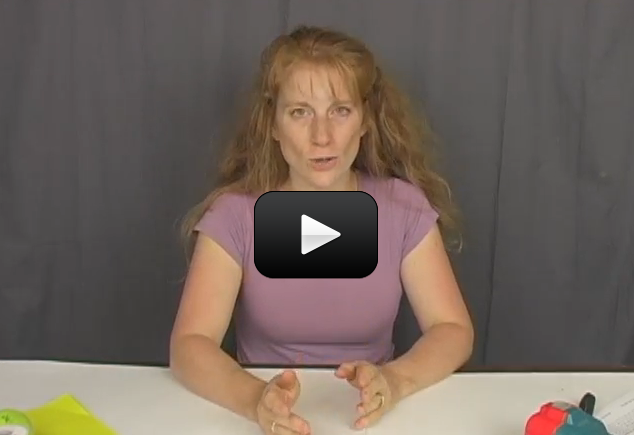Maxwell’s Fourth Equation: Moving electrical charges (fields) generate magnetic fields AND changing magnetic fields generate electrical fields (electricity). We're going to do a couple of experiments to illustrate both of these concepts.
Magnetic fields are created by electrons moving in the same direction. A magnetic field must come from a north pole of a magnet and go to a south pole of a magnet (or atoms that have turned to the magnetic field.) Iron and a few other types of atoms will turn to align themselves with the magnetic field. Compasses turn with the force of the magnetic field.
If an object is filled with atoms that have an abundance of electrons spinning in the same direction, and if those atoms are lined up in the same direction, that object will have a magnetic force.
Materials: magnet wire, nail, magnet, compass, 12VDC motor, bi-polar LED, D-cell battery, sandpaper Please login or register to read the rest of this content.
Magnetic fields are created by electrons moving in the same direction. A magnetic field must come from a north pole of a magnet and go to a south pole of a magnet (or atoms that have turned to the magnetic field.) Iron and a few other types of atoms will turn to align themselves with the magnetic field. Compasses turn with the force of the magnetic field.
If an object is filled with atoms that have an abundance of electrons spinning in the same direction, and if those atoms are lined up in the same direction, that object will have a magnetic force.
Materials: magnet wire, nail, magnet, compass, 12VDC motor, bi-polar LED, D-cell battery, sandpaper Please login or register to read the rest of this content.

